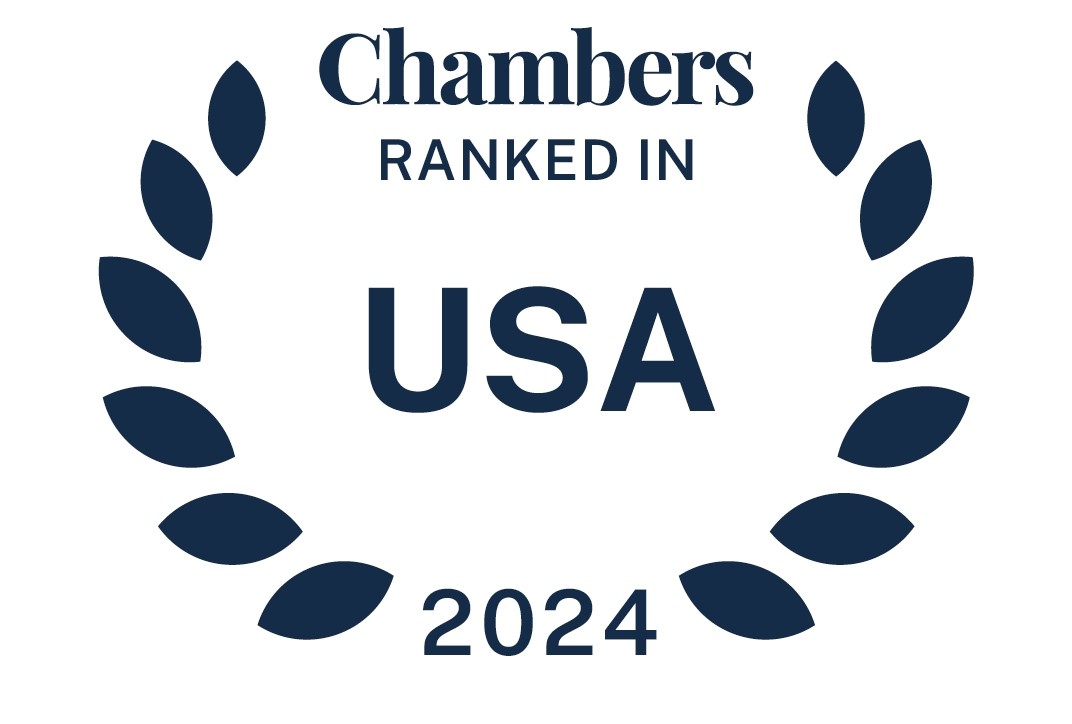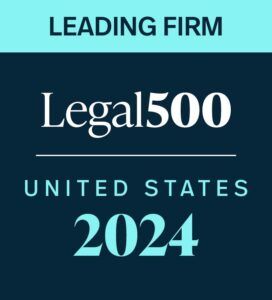In light of recent Internal Revenue Service (IRS) guidance, employers should carefully examine any supplemental health plan, program or arrangement (which may or may not claim to leverage fixed indemnity insurance) that promises substantial payroll tax savings. In a legal advice memorandum, the IRS’s Office of Chief Counsel addressed and rejected the claimed tax treatment and purported advantages of certain “wellness indemnity” payments under an employer-funded hospital indemnity or other fixed indemnity insurance policy. The arrangement described in the memo is similar to other so-called “double dipping” arrangements that the IRS has previously rejected.
read more


 Subscribe
Subscribe




